You get the call from CAD- there’s an incident in your area. As a company officer, what information do you wish you had at your fingertips as you respond to the incident? Increasingly, public safety agencies are implementing mobile data terminal (MDT) or mobile data computer (MDC) software to help their staff respond to incidents quickly with the information they need to manage the situation effectively.
As public safety agencies transition from using 70s-era MDTs to products specifically designed for mobile information sharing, every mobile data computer software should incorporate the following key pieces of information.
1) Routing
When responding to an incident, every second matters. While first responders have used map books and atlases in the past, several MDT software providers now offer turn-by-turn voice and text navigation.
Some also update directions automatically based on weather patterns, traffic data, and instructions from commanders such as a designated staging area. Local street layer maps can also provide information on weight limitations, truck U-turn restrictions, and specific vehicle flow unique to emergency response.
With CAD integration, first responders receive incident location and information as soon as an incident is dispatched. Even before the response starts, units can view routing instructions on the MDT.
Mobile data computer software which incorporates directions guidance can help responding units arrive at the scene in the most efficient way possible.
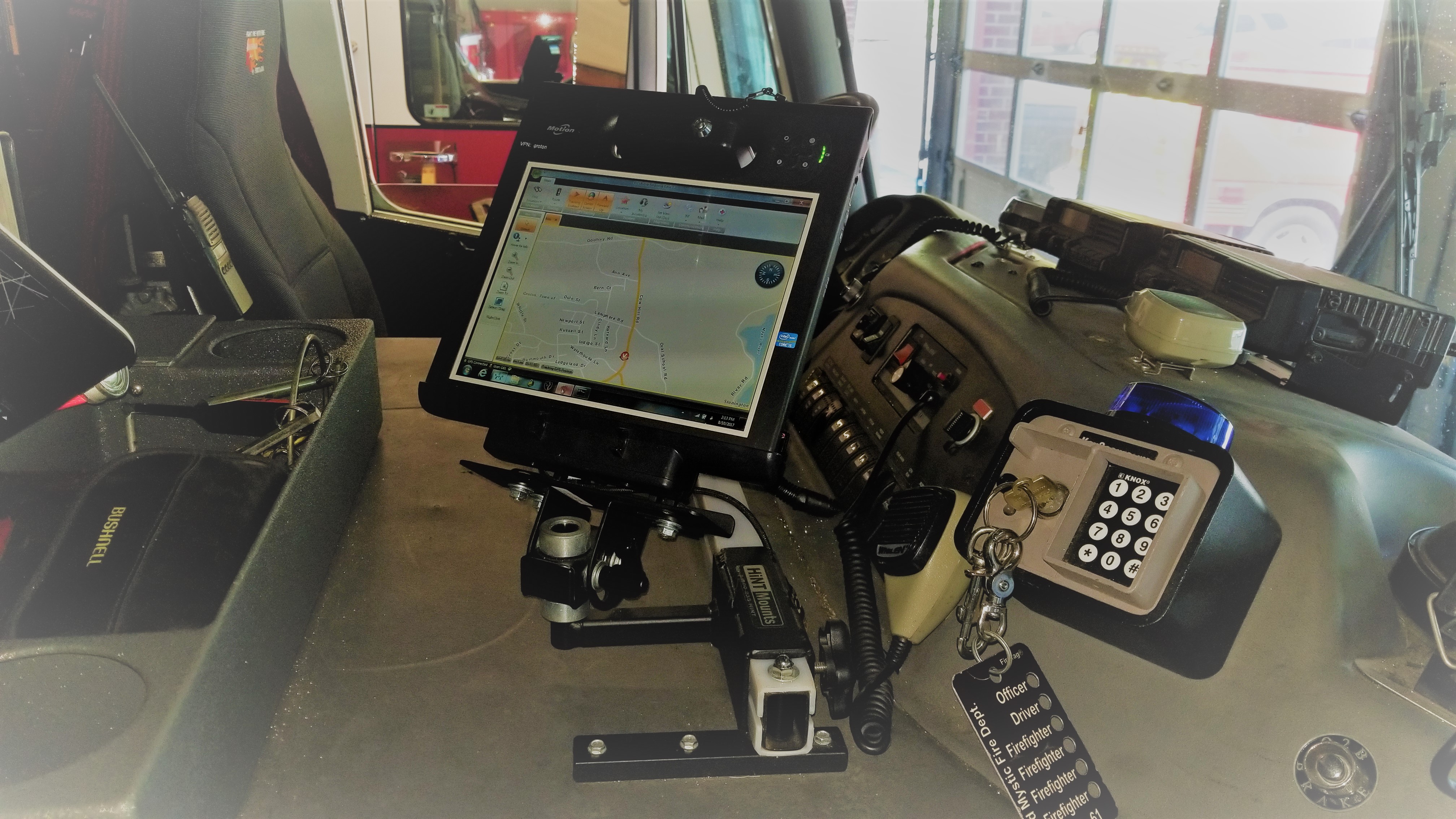
2) Multiple Map Views
In addition to routing, multiple map views give first responders a clear picture of the incident even during periods of low visibility, such as nighttime. Maps can also show any potential hazards, such as a swimming pool in the backyard of a house.
Many types of mobile data computer software contain maps from multiple angles, perspectives, or mapping providers, such as Esri, NAVTEQ, Pictometry, and Google/Bing maps. Aerial and satellite views also provide enhanced situational awareness.
Another crucial component of mobile data computer software is the ability to view the real-time location of other responding units and connected users. Particularly in mutual aid situations, this capability helps first responders and commanders view which apparatus are dispatched to create a coordinated response among different units.
3) Pre-plans
No matter what type of tablet your department is using, incident pre-plans help first responders learn the specifics of the incident they’re dealing with. Floor plans, inspection data, and contact information provide vital information that can prevent loss of life.
Take the following scenario: there is a structure fire in a large building with people trapped inside.
Pre-plans can display the building’s entrances and exits and the location of Knox boxes or access codes to give first responders the maximum amount of information possible.
With this specific data, responders can efficiently perform a search and rescue to save the people trapped inside and get them to safety fast.
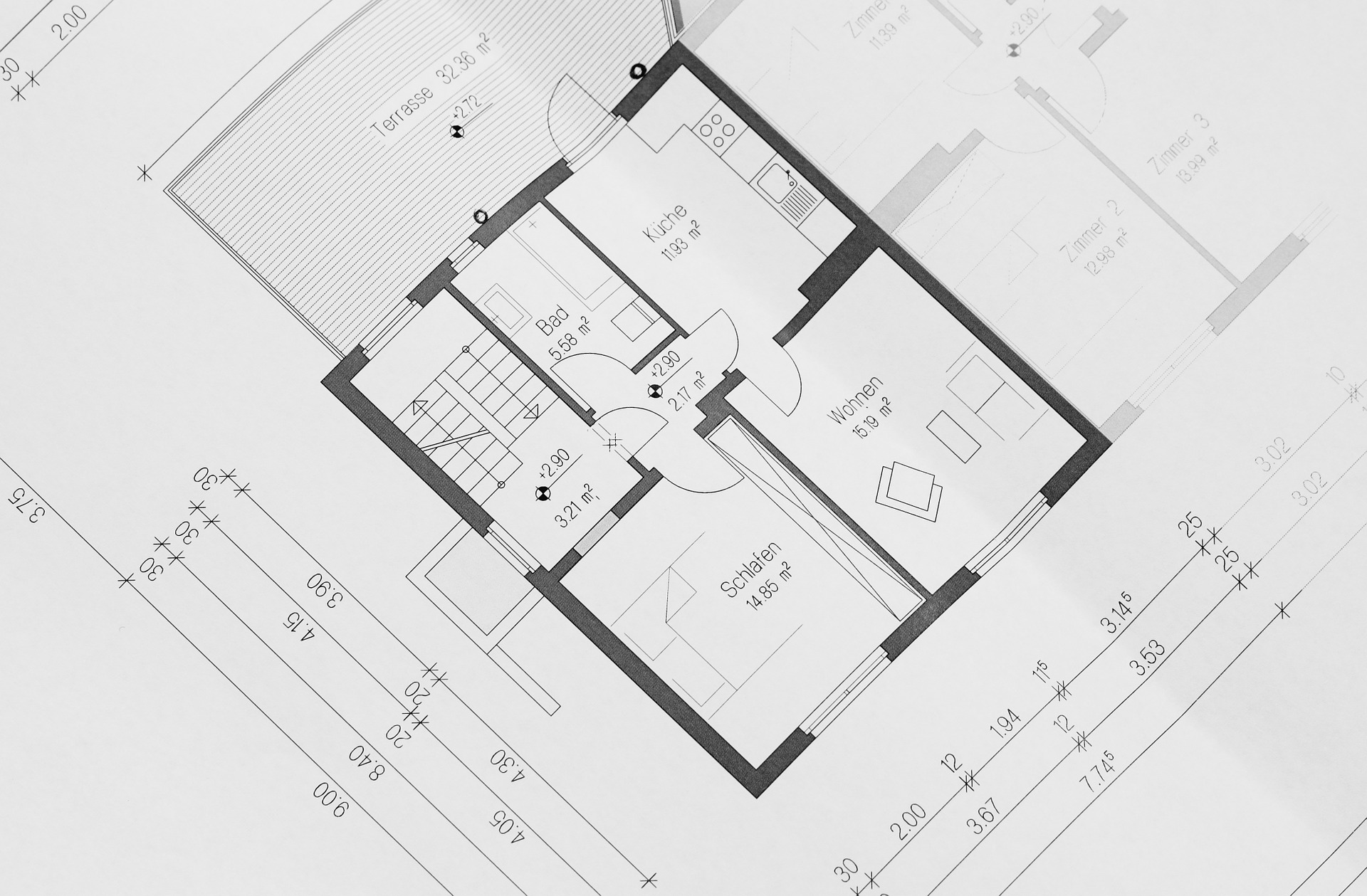
4) Points of Interest
As we mentioned above, having detailed information about an incident can help responders make informed decisions on-the-ground. Another item that MDT software should include is data on fire hydrants, water main lines, sewer/power lines, hazmat locations and more.
With these points of interest automatically pre-populated in mobile data computer software, first responders have a clear view of the resources available to them. Some response software providers also offer a tool that can measure the distance of these items from the incident location. This gives firefighters the knowledge about where useful items are located so that they can access them quickly.
5) Guidance
Local procedures can vary by jurisdiction. Many response software options now offer built-in guidance for various situations including fire, crime, medical, search and rescue, and natural disasters.
Standard operating guides (SOGs), bulletins, and benchmarks give first responders clear instructions on how to handle incidents of all sizes and types. With this information, police, firefighters, and EMTs can check activities off their lists as soon as they are completed which helps their commanders determine their strategy and plan of action moving forward.
Public safety response times can have a big impact on loss of life and incident management. While departments around the world employ some type of MDT in their apparatus, specific MDT software can be instrumental in reducing response times and preventing loss of life. If your department is considering MDT software, your systems should include these key pieces of information. With this data, your first responders will be better prepared to manage incidents safety and effectively.
If you enjoyed this post, check out some of our recent articles:
Why Every Fire Department Needs Detailed Incident Pre-Plans
How First Responder Technology Reduces Injuries and Line-of-Duty-Deaths

Sanjay Kalasa is the president of Adashi. He is also a current active volunteer firefighter/EMT at the Rockville Volunteer Fire Department in Maryland.

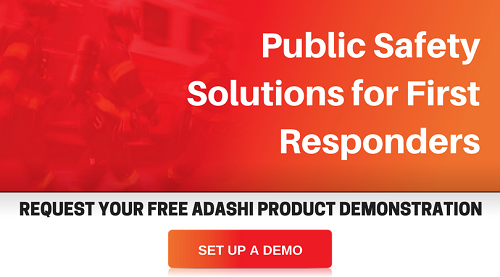
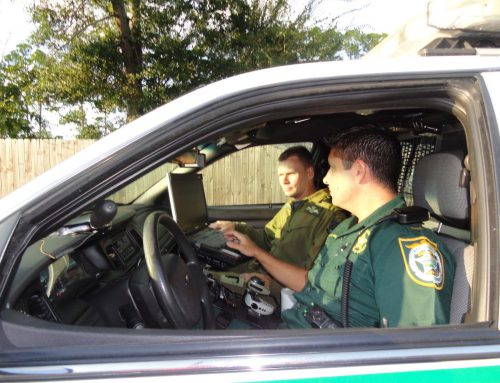


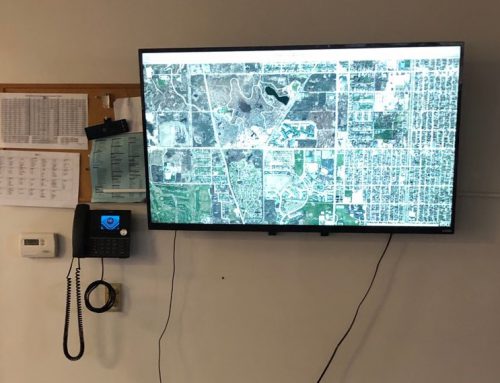
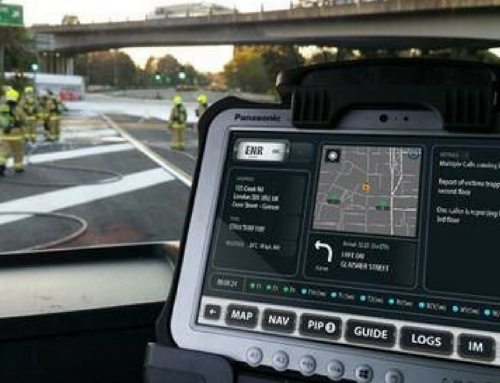
Leave A Comment
You must be logged in to post a comment.